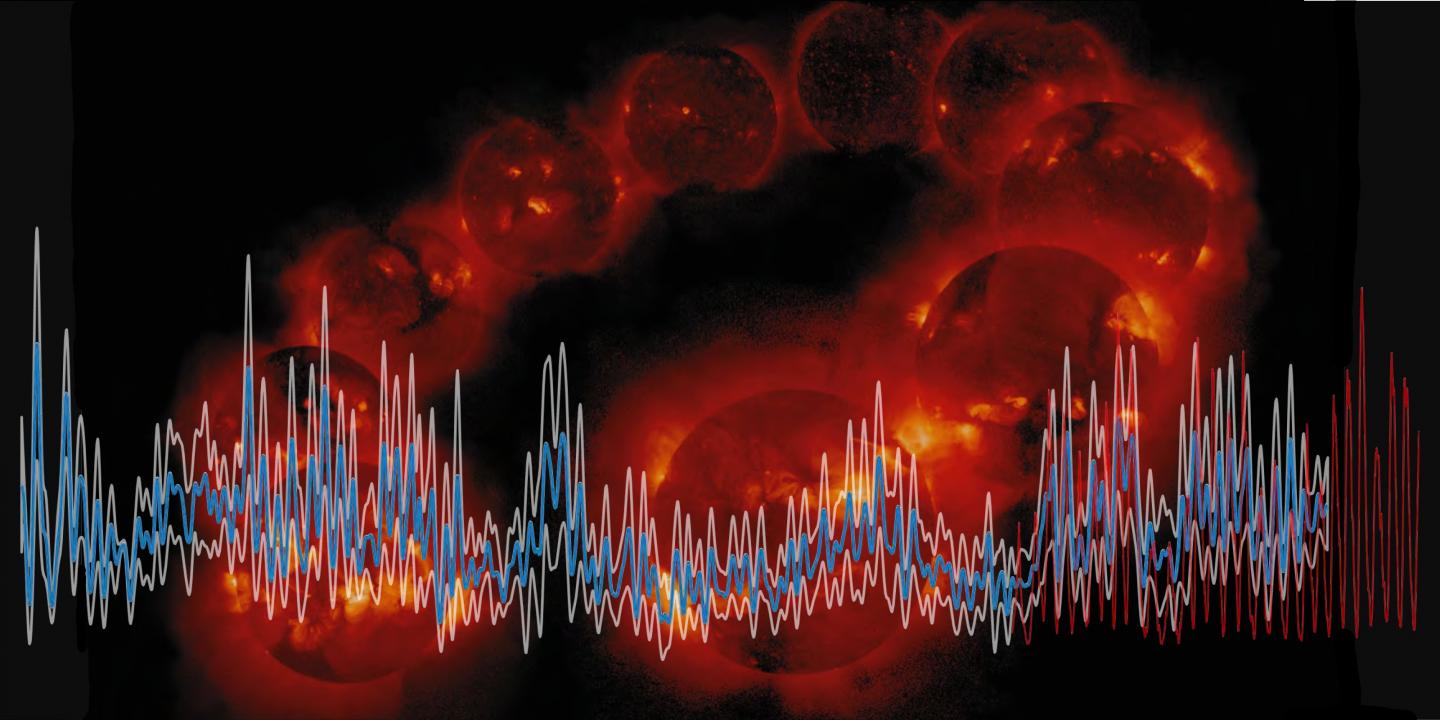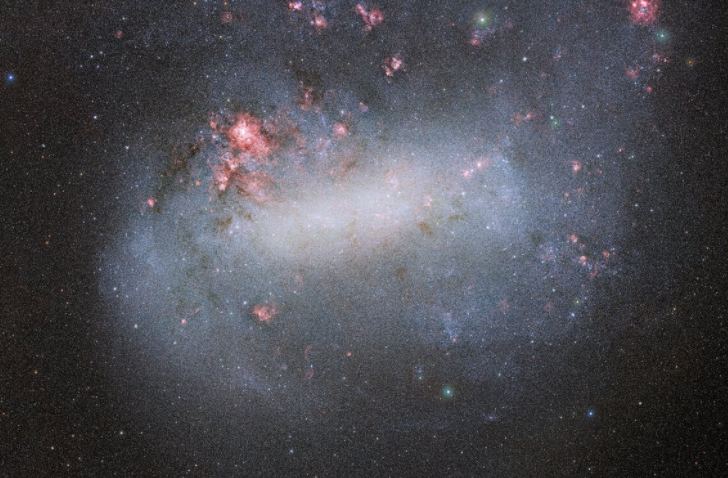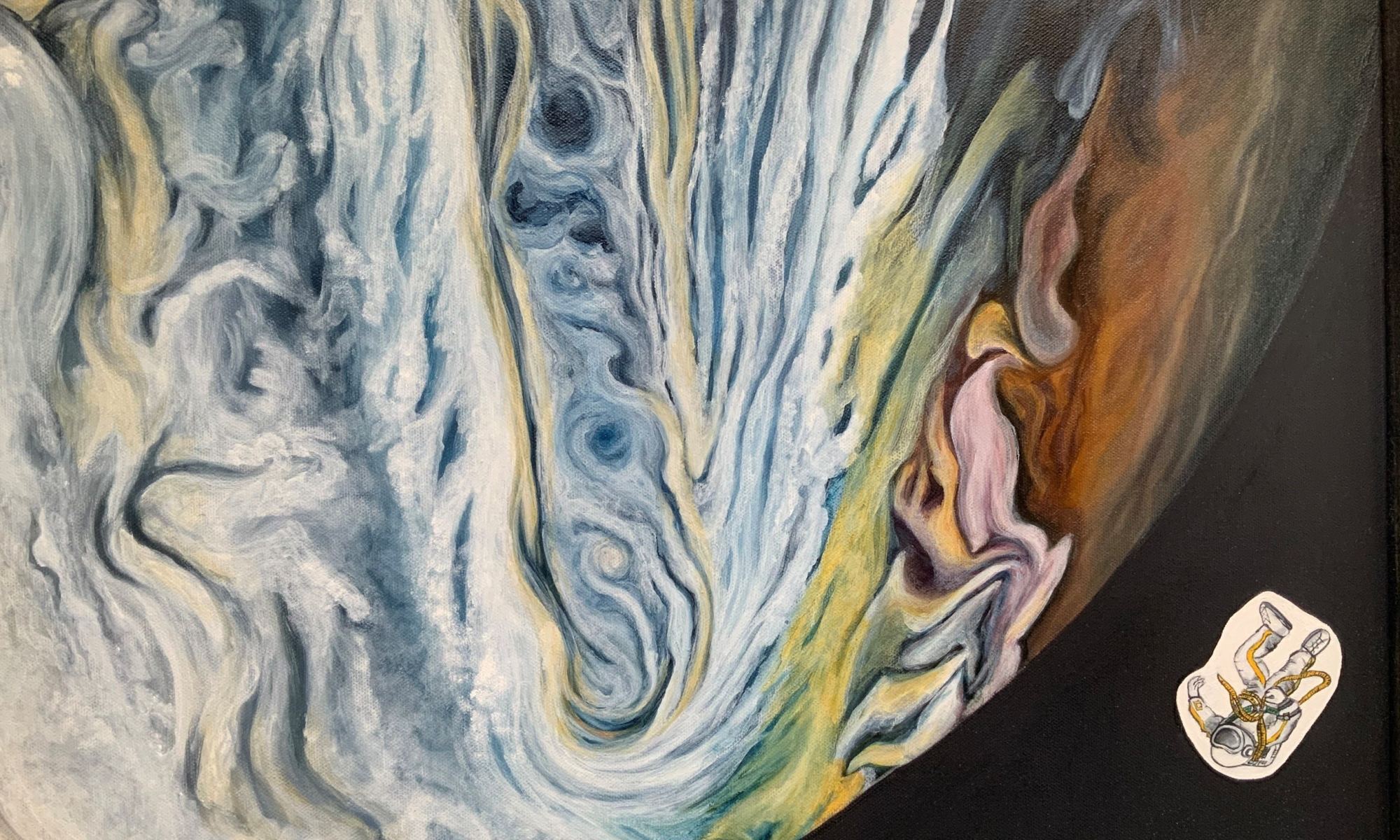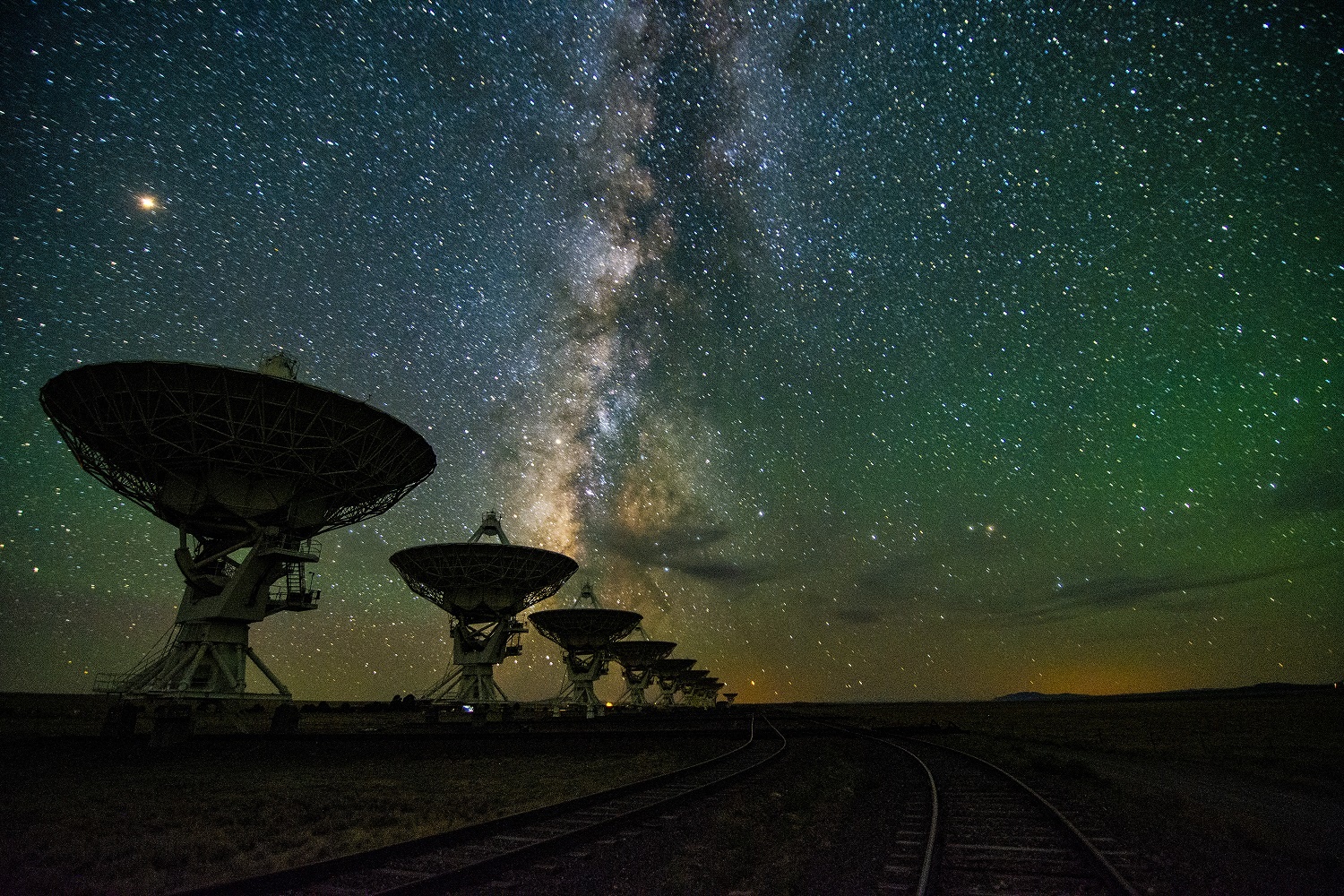Walk into any modern hospital, and you’ll find a medical imaging department. Medical imaging uses x-rays, magnetic resonance imaging (MRI), and other arcane-sounding methods like positron emission tomography (PET) to image the body’s interior for analysis and diagnosis. To a non-specialist, these techniques can sound almost otherwordly. But in one way or another, these technologies rely on natural phenomena, including radiation, to do their thing.
Now a new study suggests that the Universe’s naturally occurring radiation could be used in medical imaging and could be particularly useful when it comes to COVID-19. The type of radiation in question is cosmic rays.
Continue reading “The Universe is Constantly Bathing you in Radiation. Incredibly, This Could be Used for Medical Diagnosis”









